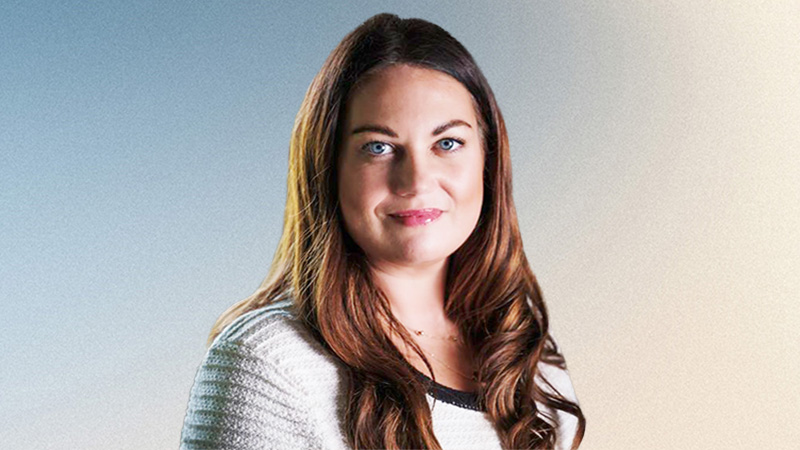Notably, US and UK growth rates have beaten expectations, and these countries probably have the highest momentum. Falling oil prices have also given the global economy an additional boost, driven mainly by expanded US pipeline capacity and strong output growth.
Although the Federal Reserve is reducing its monthly asset purchases, it is likely to continue to increase liquidity until at least the third quarter of the year. In addition, through an aggressive QE programme, Japan is increasing its balance sheet significantly. Meanwhile, the European Central Bank has suggested it will at least stop shrinking its balance sheet and could begin to expand it.Stronger global economic growth and plentiful liquidity provide supportive conditions for equity markets.
Equities remain the most attractive asset class over the medium term and the only one we expect to deliver significant real returns. Yet across various measures, equity valuations are fair to slightly expensive on an absolute basis, and they are starting to look stretched in the US following an extended period of strong returns. Additionally, investor optimism is heightened giving us further cause for concern. Therefore, although we still favour equities over bonds, we have increased our portfolio hedges recently to defend against any substantial market correction.
Equities
Although valuations are starting to look stretched following an extended period of strong returns, we continue to favour equities as the most attractive asset class for the following reasons:
• abundant liquidity and repressed interest rates in our ‘muddling through’ and ‘economic renaissance’ scenarios continue to support the markets;
• improved earnings prospects in our ‘economic renaissance’ scenario should also boost equity prices despite the prospect of higher interest rates;
• this pattern applies particularly to the US market. It is the most overvalued region but equity prices could continue to rise if our “economic renaissance” scenario becomes increasingly likely.
Fixed income
We are avoiding long-maturity nominal bonds because they would be negatively affected by a return to more normal monetary policy in the ‘economic renaissance’ scenario.
Within fixed income we continue to like shorter-maturity corporate bonds. This part of the market has two attractive features: first, there is still a decent yield advantage relative to government bonds; second, the short maturity offers some protection against rising interest rates.
Real assets
The still sizeable probability of our ‘new monetary world’ scenario lies behind our ongoing exposure to real assets such as gold, real estate and possibly inflation-linked bonds. We are also confident that over an economic cycle equities continue to offer protection against inflation. Additionally, we are focusing on hedge funds that have the flexibility to adjust to an unexpected rise in inflation.
Hedging strategies
We believe our ‘depression’ scenario is the least likely but its impact would be so disruptive that it must be considered within our investment strategy. Although equities remain the most attractive asset class, they are vulnerable to stretched valuations, while monetary policy is limited by high debt levels and interest rates that are already close to zero. Therefore, we include hedging strategies that can limit the potential losses from our portfolios if the equity markets suffer a material correction.
We have a sizeable allocation to hedge funds that can provide significant protection in a bear market or which are not affected by adverse movements in equity markets and therefore provide true diversification. Additionally, we have direct equity hedges usually in the form of out-of-the-money put options on broad equity indices.










